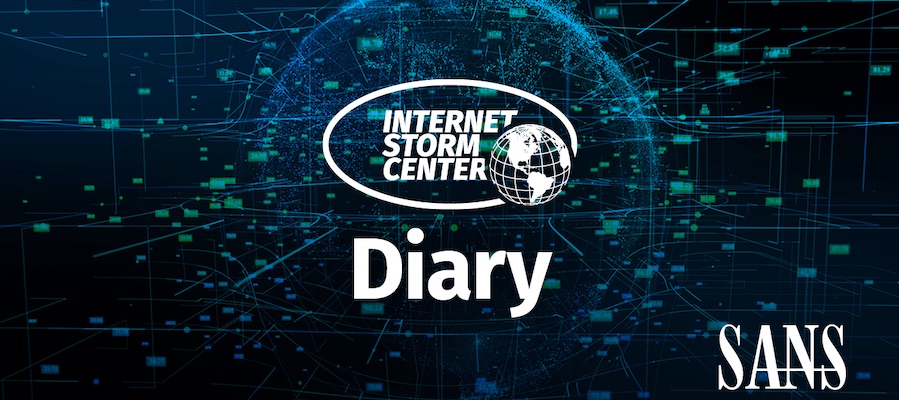I published the following diary on isc.sans.edu: “Malicious Python Script Behaving Like a Rubber Ducky“: Last week, it was SANSFIRE in Washington where I presented a SANS@Night talk about malicious Python scripts in Windows environment. I’m still looking for more fresh meat and, yesterday, I found another interesting one. Do you
